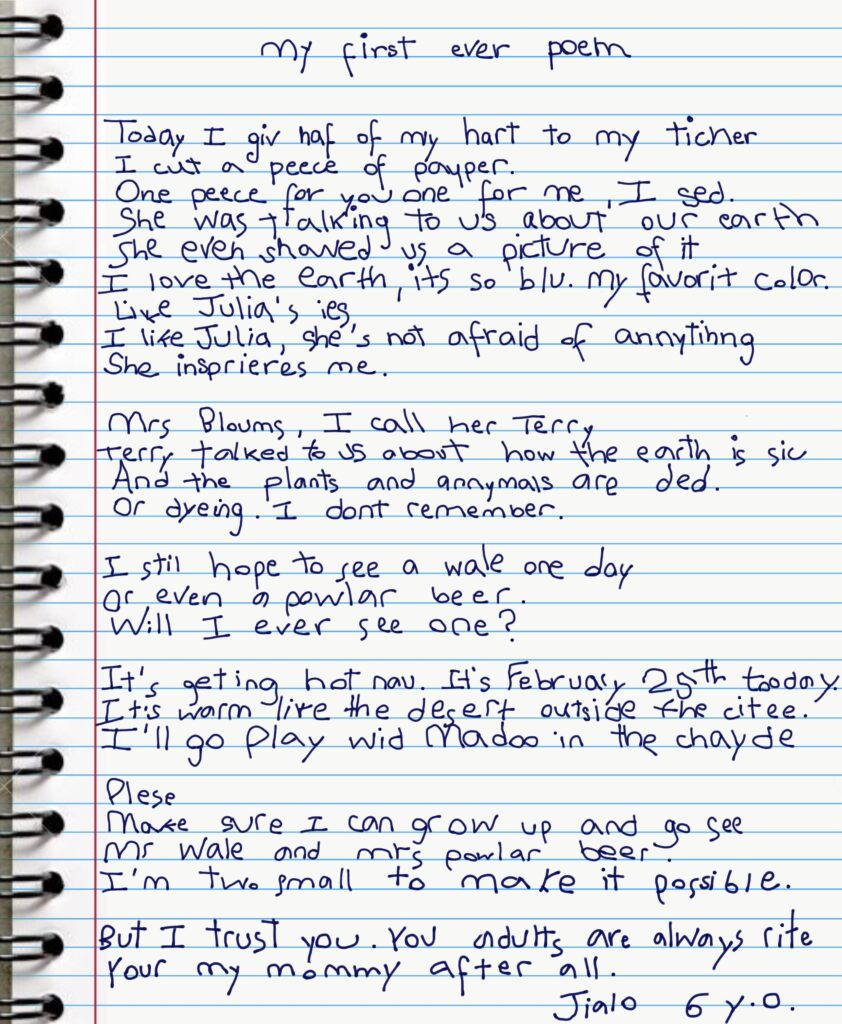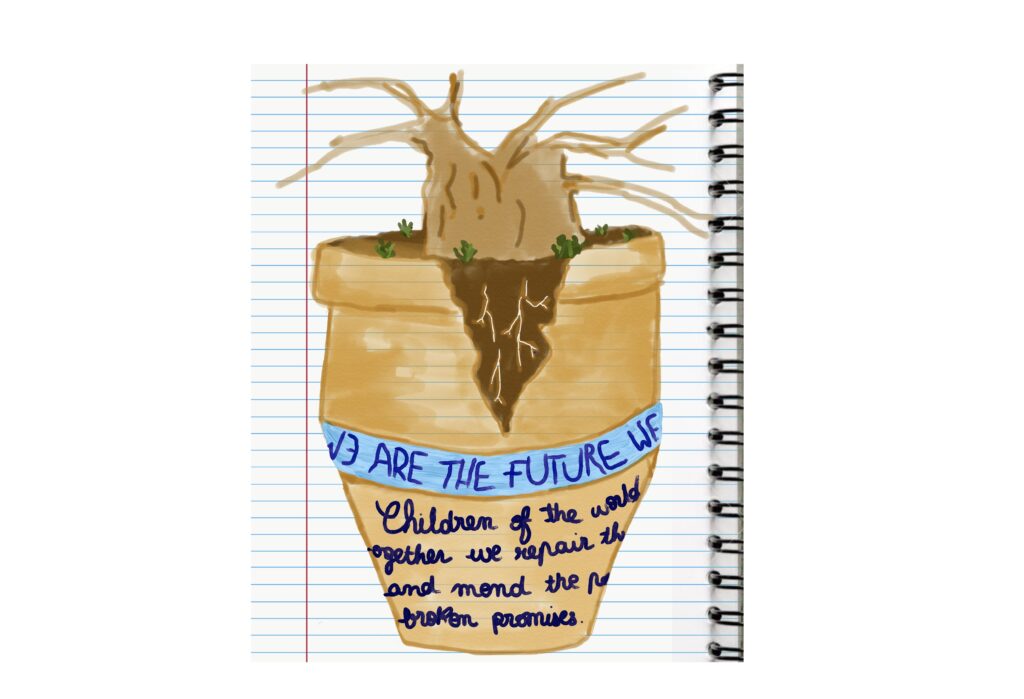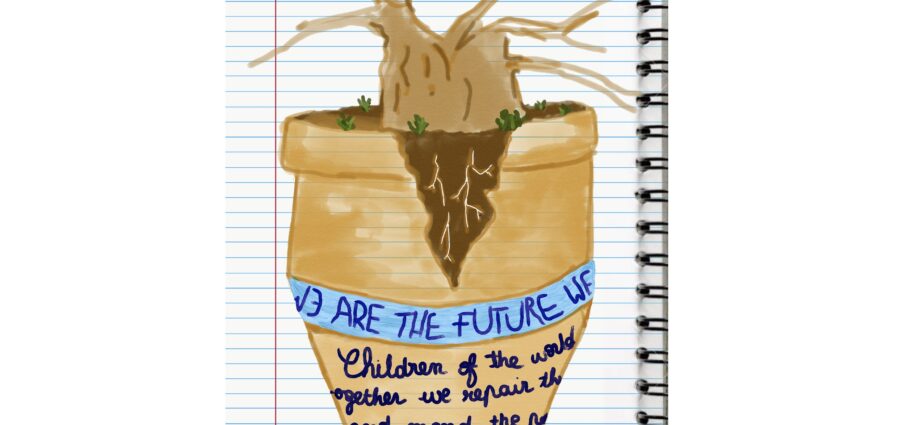By Georgia Aimilia (Aimilina) Sarafi
As part of my internship with the Amnesty International Student Group in the Hague, I wanted to explore whether incentivising the production of artivism through a prized art contest targeting students in the Hague would reenergise youth community engagement in international politics that may have been stifled due to the complications of protests with the new pandemic regulations. Traditionally, protesting has been the main “medium” of the youth in expressing dissent, and will to fight for change in no longer desirable social circumstances and policies. However, in the global, exponentially growing wave of threats to constitutional rights with the pretence of protection of public health, the right to assemble, i.e. protests, has been hardly hit in many countries across the world, “democratic” and not. For the students in the Hague, a significant percentage of which are politics-related majors, among which myself, the increasing obstacles in protesting are not only a hurdle in our personal activist endeavours but also paint a dark stroke over the next two to four years (or however long this pandemic lasts) of activism.
The concept of artivism can be defined, in short, as engaging your artistic capabilities to send a message about a political cause you want to raise awareness for. Examples of artivism include the work of the Zapatistas (Liberation Army of the South, otherwise known as EZLN) who fought for the Free and Sovereign State of Chiapas. Their work is one of the many examples in the contemporary movement of artivism. Many more artists and activists alike are blurring the lines between the two to contribute to the newly-founded emerging movement.
Artivism has one significant benefit in the times of a global pandemic, and that is its “portable” nature. You can practice artivism on a wall doing graffiti, in a museum through an exhibition, or through the internet and social media. In the era of lockdowns, curfews, and movement restriction the outside is not as accessible as it was before, which has the daunting potential of significantly inhibiting activist action. If the youth converts the expression of its political agenda to the artistic medium then a twofold goal can be advanced: that potential obstacle to political action can be surpassed and the spectrum of modes of activism can be enlarged.
This is why we launched the art competition with the theme of “youth and human rights” in order to spike the creativity, innovation, and skepticism our generation is known for. The turnout was within our expected range, and a lot of busy students at all stages of their degrees entered. The way the winner was determined was through likes accumulated on the instagram post of their submission. The reason why we chose this means of voting was that we wanted to run this experiment as “naturally” as possible. The way artivism is disseminated through social media is through likes and sharing of the post, so we wanted to observe the actual impact of the works on the target-audience community.

The winning artwork was done by Chiara Barbeschi and it featured a drawing and a poem. Here is a reflection of the artist on the origins and inspiration for the piece.
“I am so grateful for all the support I got for my piece, which included a poem and an illustration. I inspired myself from the definition of “sustainable development” that I remember being taught really young. I also got inspired by a sensitive child I babysit who is hyper aware of the environment and the cycle of nature, that has been coming to an end as we approached winter, for which he gets upset about. I wrote this from a child’s perspective, a child’s handwriting – wording, mistakes and innocent tone was purposely conveyed. The child feels the world changing, worries and yet is helpless to do anything. He does not understand the full picture, but senses enough to send a positive message to trigger adults and their behaviour. A young person with a big soul.” – Chiara Barbeschi
The moral of the story with the art contest lies in the evolution of human existence to adapt to its ever-changing environment (sometimes a natural occurrence, sometimes as a consequence of our own reckless and destructive behaviour, a problem which Chiara’s work is trying to draw attention to). In this case, the conclusion I wanted people to draw from the workings of the contest is that you can still stay active and work towards the better future you envision even when the world seems to be coming to an end. We are a little over one year in this crisis, and I have already observed a total paradigm shift in humanity, in the way we interact and share responsibility for and with each other, in the way we maintain contact and in our altruism, I have seen a change of values, some accentuated, and some wholly left aside.
Change is incremental, it is slow and it requires patience. Sometimes it will accelerate when we are put to the test, as we have been, collectively, with trying to work through tackling this pandemic in a world of borders, interconnectedness, and dynamics of inequality. There is so much inefficiency and sadness brought about at the onset of COVID-19 but also, a new wave of hope, togetherness, and selflessness seen especially in the vulnerable communities and essential workers.
A chasm has appeared (or been more clearly defined) in our society: on the one hand is the all-too-frequent disappointing legislation on behalf of the authorities, or of irresponsibility and selfishness of some in this collective effort we have to make; on the other lie the people striving for the wellbeing of their fellow citizen, the people quarantining even if they have a very small chance of having caught the virus, the people wearing masks and the people working tirelessly to save lives and help make them better. The two opposing forces are at the centre of the current global social structure. The one that wins out will determine the future most prominent norms and values in human existence. I believe that we stand at a critical juncture that can determine the social legacy of the 21st century and the following social and political movements that come after every big global shock. The way each and every one of us chooses to use our voice now can have a domino effect on our community with a huge impact. We cannot remain idle. Artivism is a very promising way forward and something I wish our generation can utilise more in the future. I hope this art contest is a spark that can ignite a chain-reaction in the community that Amnesty reaches. I hope that this initiative has placed a small pebble in the mountain we have to erect in order to achieve our goals in the time of the coronavirus.
Artwork by Chiara Barbeschi



